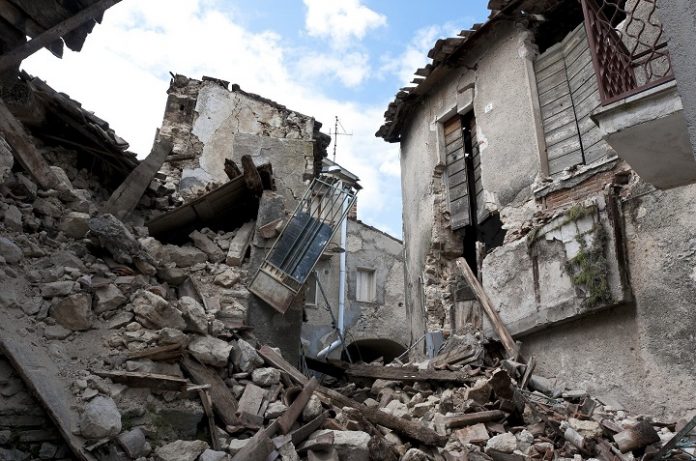The research team led by Prof. Zhang Jie from the University of Science and Technology of China (USTC) of the Chinese Academy of Sciences made progress on the real-time determination of earthquake focal mechanisms through deep learning.
Since there are connections between characteristics of the rupture surface of the source fault and seismic wave radiated by the source, it’s vital to monitor the earthquake by immediate determination of the source focal mechanism which is inferred from multiple ground seismic records.
However, it’s hard to calculate the mechanism from the simple records. The parameters about focal mechanisms are either merely reported or reported after a few minutes or even longer.
In this study, Prof. Zhang’s team applied a novel convolutional neural network to solve this problem effectively, paving the way for the acceleration of the investigation of details about earthquakes.
The neural network, named ‘Focal Mechanism Network (FMNet),’ was first trained to estimate the source focal mechanism rapidly using full waveforms. Then, the neural network model was trained by a comprehensive dataset, which modified the report system.
After the earthquake, the real-datasets are introduced into the training system, and the estimated parameters about the earthquake source can be calculated within one second with a minimum requirement of computing resources and memory storage.
A large number of practical data tests have proved the effectiveness of the method.
The results of this study are now being translated into practical functions and will soon be put into trial operation on the intelligent ground motion Artificial Intelligence earthquake monitoring system jointly developed by USTC and China Earthquake Administration.









